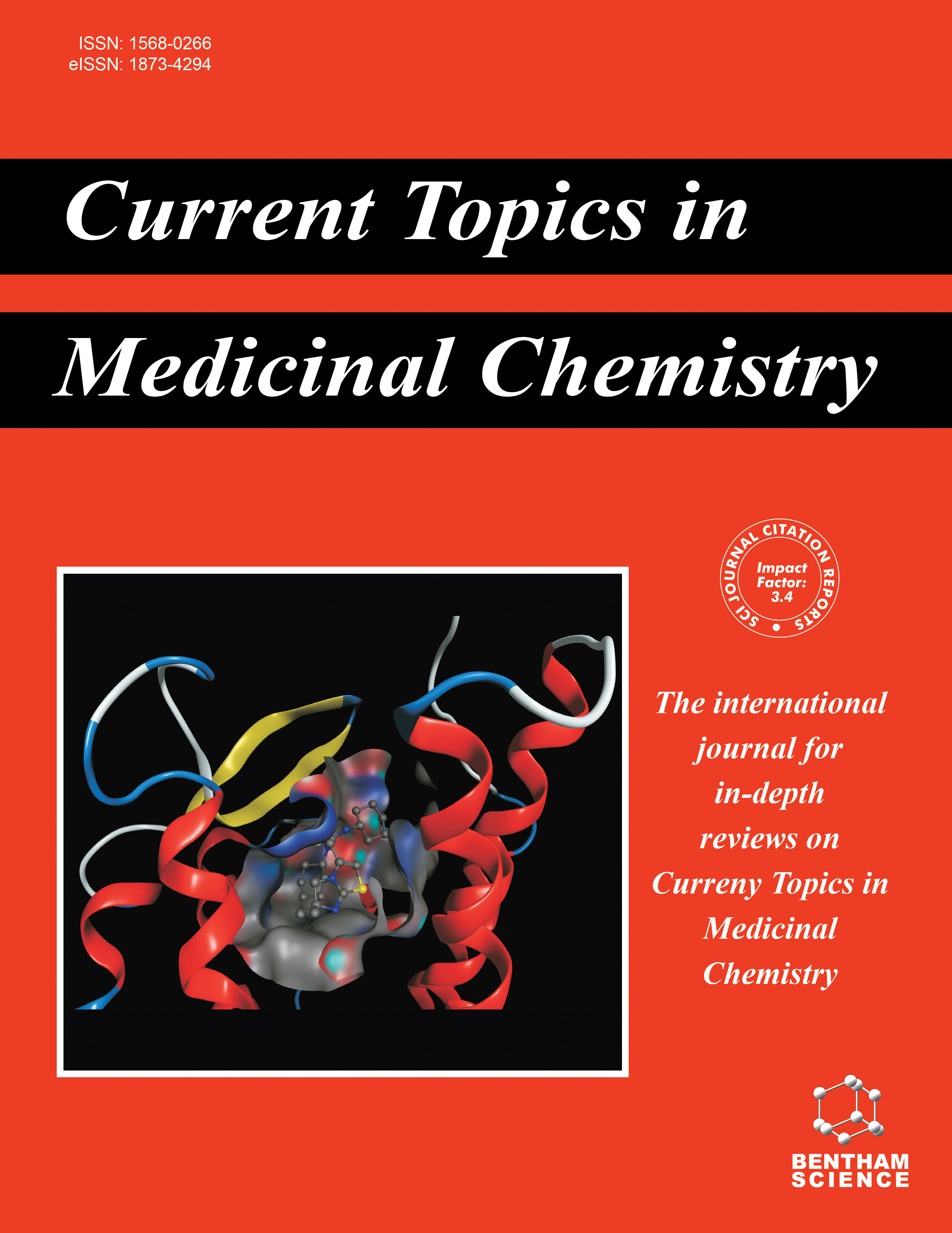
Full text loading...

The ethyl acetate extract of Wenxia Formula (WFEA) is the most effective antitumor component of the Wenxia formula. Its key active components, emodin and quercetin, exhibit unique advantages in targeting TGF-β1 and regulating the function of Tregs. This study explored the mechanism of WFEA in enhancing the immune environment in lung cancer by influencing immune cell balance and the level of cytokines.
Lewis lung cancer xenograft mouse models were established. WFEA was administered at low (100 mg/kg), medium (200 mg/kg), and high (400 mg/kg) doses, while a cisplatin (DDP) group served as the positive control. Tumor weight, spleen index, and serum cytokine levels (IL-10, TGF-β1) were measured. Flow cytometry, qPCR, and immunohistochemistry were employed to analyze the proportion of CD4+CD25+Foxp3+ Treg cells and Foxp3 expression in tumor and spleen tissues. The regulatory mechanism of WFEA on the TGF-β/Smads signaling pathway was investigated via combined intervention with the TGF-β1 inhibitor halofuginone (HF), cell differentiation assays, and molecular docking analyses.
WFEA inhibited tumor growth in a dose-dependent manner, with the 400 mg/kg group exhibiting a 60% tumor inhibition rate comparable to that of DDP. The agent significantly increased the spleen index by 106.42% and reduced serum levels of IL-10 and TGF-β1. Mechanistically, WFEA downregulated Foxp3 mRNA and protein expression in both tumor and spleen tissues, leading to a decrease in the proportion of Treg cells. It blocked the TGF-β/Smads pathway by downregulating TGF-β1, upregulating Smad4/Smad7, and inhibiting Smad2/3 phosphorylation. Cell-based experiments confirmed that WFEA-containing serum inhibited the differentiation of CD4+ T cells into Tregs, an effect enhanced by TGF-β1 interference. Molecular docking analyses revealed that the active components emodin and quercetin directly bound to TGF-β1 with binding energies of -5.4 kcal/mol and -5.1 kcal/mol, respectively.
WFEA could serve as a new adjunct treatment for lung cancer; however, further clinical trials are required to evaluate its long-term safety and effectiveness across various treatment stages.
WFEA may regulate the growth of Tregs to modulate the immune microenvironment of the LLC model mice, indicating its potential as an anti-LLC agent.

Article metrics loading...

Full text loading...
References


Data & Media loading...